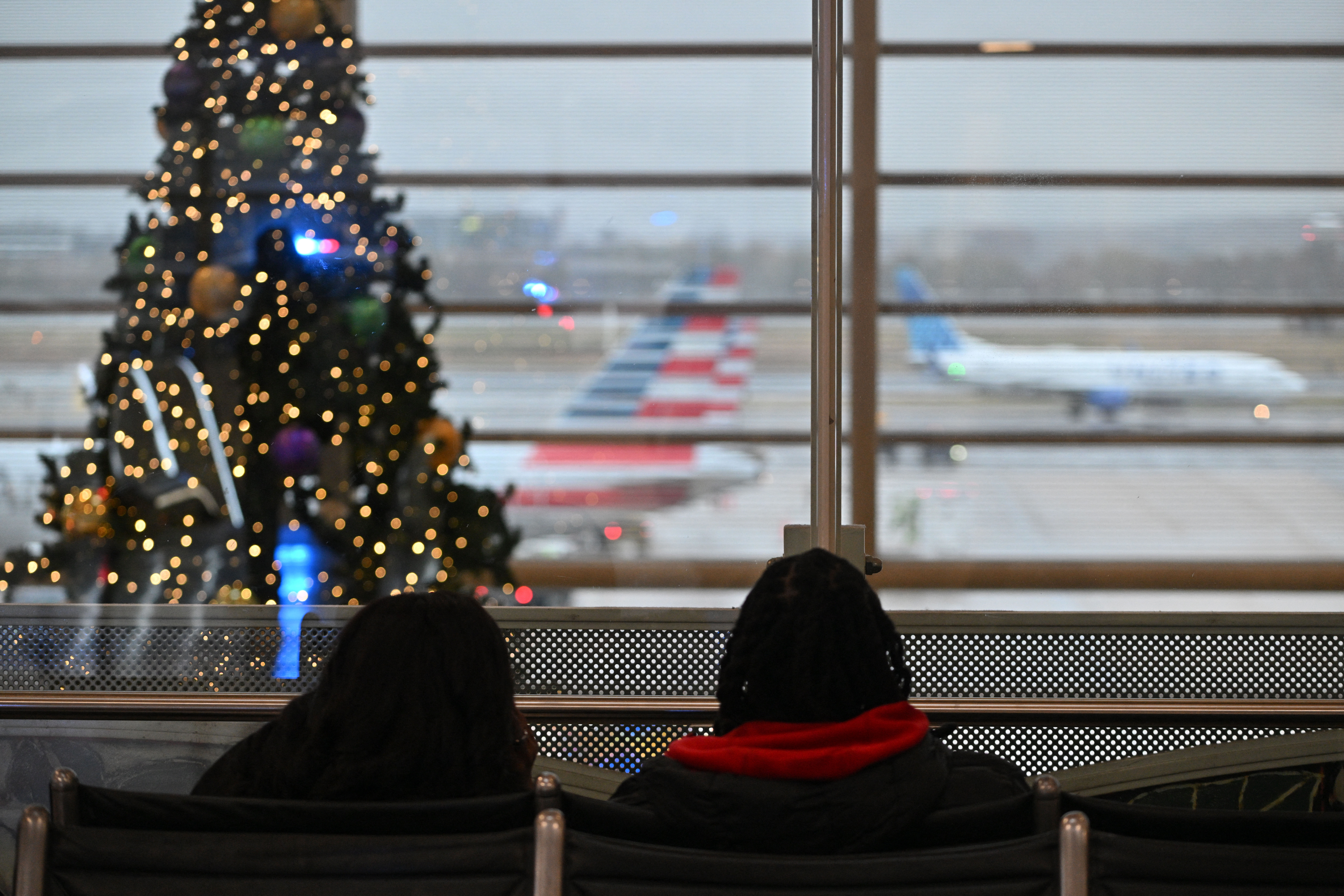(CNN) — In China – the land of hot noodles, steaming rice and warm soups – a new and unlikely food trend has swept across the country’s social media platforms in recent weeks.
People have been sharing images of what most would consider incredibly bland foods, such as raw carrots wrapped in cheese, two-ingredient sandwiches and dressing-free salads – all unified by a single hashtag: #bairenfan.
Translation: #Whitepeoplemeals.
You’re unlikely to find depictions of roast turkey dinners or cheeseburgers when exploring the images attached to this hashtag. What you will find are unappetizing pics of no-frills, cold, assembled dishes that require little or no cooking time – the kinds of foods many Westerners traditionally associate with lunch.
The trend really started to take off in May, when people started posting photos and videos of these simple meals on social media platforms in China, though there are posts with the hashtag dating as far back as last October.
In one such video, a woman on a train in Europe unwraps a plastic bag of lettuce and a bag of ham. She bundles them together, adds mustard and starts eating.
Other posts feature photos of raw vegetables and basic sandwiches – think a single slice of bologna between two pieces of white bread – that Chinese netizens’ international colleagues or spouses have shared with them.
As the trend spread, Chinese netizens around the world started sharing their own experiences with these minimalistic meals, making #bairenfan one of the hottest phrases on various platforms and local media in the last month.
The rapid evolution of #whitepeoplemeals
The photos begged the question: is that really what people in China think Caucasians eat all the time?
“I feel it’s important to recognize that perception is an evolving concept,” says British Chinese chef Andrew Wong, the third-generation owner of London’s two-Michelin-star Chinese restaurant, A. Wong.
“China is awash with Western cultural references – art, philosophy, fashion, food. This has happened in a relatively recent and short timeframe given the history of China’s relationship with the West. It takes time to adjust to understanding the reasons behind some things and that includes certain foods.”
In this case, the trend took only weeks to evolve. At first, most of the posts shared in China were filled with mockery and disbelief.
“My Australian colleagues have expressed the ‘don’t-give-a-s**t’ spirit of white people meals to the extreme. It was a slice of bread last time. Now there are two carrots. The only ceremonial effort was putting them in a lunchbox,” wrote one user on Xiaohongshu, a popular Chinese social media site.
Another user shared a lunchbox photo of two carrots with some baby spinach and expressed concern over whether its owner could “generate enough energy” with so little food.
Others complained about feeling empty and soulless after eating such meals.
And then the trend hit Twitter, with English-language users sharing their own photos and videos with the #whitepeoplemeals hashtag. (One such tweet gathered 4.3 million views in the last 3.5 weeks.)
Many Twitter users, beyond the Chinese community, found the hashtag hilariously true.
“Well, you can’t argue with this,” one user said.
A Japanese Twitter user recalled her own experience in the United States: “I was kinda surprised that I saw people just bringing veggies in ziplock for lunch when I was an exchange student in the States.”
Back in China, as the hashtag went viral globally, some media reports expressed surprise at how quickly the international community embraced the stereotype.
Multiple outlets reported that a new trending topic had emerged – #Whitepeoplemeals have been discovered by white people – and recapped the lighthearted responses from users around the globe.
But that wasn’t the end of it. Another group appeared from the shadowy corners of the internet to show support for these simple meals, with a new hashtag – #Bairenfanyeshifan, or #whitepeoplemealsmatter – popping up on social media platforms in China.
Some said eating such foods will help them lose weight. Others looked at the matter through a more serious lens, claiming the trend reflects the lifestyle and hardship of today’s society.
One post on 163.com, a Chinese blog/media site, explored the parallels between these simple meals and the current “quiet quitting” mindset – the idea of simply slowing your progress at work instead of literally quitting the job – of the tired workers in China.
The post thanked the bland and comfortless meals for “maintaining their lives” without requiring much effort, especially during lunch at work. In other words, the no-hustle approach aligns with how little they care about their careers.
Another positive highlighted in the post: unlike full Chinese meals, these ones don’t make you drowsy, allowing you to avoid the urge to take an afternoon nap while at work.
Cross-cultural differences
Malaysia-born chef Edward Voon is the founder of Auor, a French-influenced fine-dining restaurant in Hong Kong. He says the trend highlights cross-cultural differences.
“I never thought of making a sandwich when I was young as I was always surrounded by Peranakan, Malay and Hokkien cuisine,” he tells CNN Travel. “I never put my hands in a salad back then.”
His only memory of eating something similar to a “white people meal” in his childhood was a boiled egg and canned tuna.
“We didn’t have Western food at home when I was a child as the older generations in my family didn’t have a taste for it,” he recalls. “Gathering around the table over Asian dishes was the tradition, as it was for most families at the time, and the happy buzz of everyone together sharing plates of steaming hot, delicious home-cooked food and lively conversation was what drew me to a career as a chef.”
Even the first-ever meal he tried to cook – at four years old, when he was sick of the fried eggs and chicken curry his mother made for him – wasn’t cold.
It was fried beans and potatoes.
“I almost burnt my house down,” says Voon. “The pan caught fire and I poured water on burning oil. Oops. Seriously, though, it could have been disastrous. I guess I’m quite resilient as the incident didn’t scar me for life (mentally or physically) and I was able to continue my adventures in the kitchen.”
Making a sandwich might have been safer in that case.
Over in London, chef Wong considers himself lucky to have grown up in a family of Chinese descent, but surrounded by family members, friends and peers from different backgrounds and cultures. He emphasizes that any new culture and experience can be deciphered wrongly or exaggerated, and that includes food.
“(In terms of) culture, there are more similarities than there are differences when it comes to food. Something I’ve learned even more as a chef,” he says.
Quick and easy lunches have a long history
In addition to being deterred by the mere lack of taste and tiny portions of those so-called #whitepeoplemeals, many Chinese have expressed puzzlement with uncooked food in general. That’s because Chinese traditional medicine has long dictated that our bodies respond better to warm food and beverages.
But what some of the viral posts fail to point out is that these simple cold foods are primarily only eaten at lunchtime. And there’s a historic reason for that, says Megan Elias, food historian and gastronomy director at Boston University.
“In the mid to late 19th century, as the global north urbanized and industrialized, markets emerged for people to sell lunch to factory workers and office clerks,” she tells CNN.
“The standardization of the lunch hour in factory settings gave people less time to eat and urbanization meant they might be far from home, so they were not able to cook. Lunch wagons and quick-serve coffee shops emerged especially in America to provide cheap and easy lunches that people could eat outside or in their work rooms.”
Elias has written multiple books on food and culture, including “Lunch: A History.”
She says sandwiches became the defacto lunch option at these wagons and shops because you can “get a variety of flavors into one package without much risk of spilling or any need to heat things up” in a limited time.
Elias says her lunches are similar to the ones posted under the hashtag “white people meals” – but often include dishes from other countries.
“I usually have a small cold lunch so I don’t get tired and it includes something savory and something sweet,” says the historian.
“For example, an onigiri and a macaron or a small sandwich and a cookie. And always an espresso.”
Chef Voon says he now understands the beauty of sandwiches, and they grace his lunchtime from time to time.
“As the world gets smaller (and busier), eating convenient cold food, whether sandwiches, salads or Asian snacks, has become commonplace,” he says.
“As a chef, I love to bring together the many diverse flavors of Asia alongside nature’s bounty from all over the world. Cold store-bought food has its place in our busy modern lives… but you cannot beat the social and sensorial pleasures of a freshly cooked meal at home or in a good restaurant.”
Despite preferring hot flavorful meals when possible, the chef dislikes the idea of stereotyping anyone.
“I don’t like the term ‘white people meals,’ even when it’s used in a joking manner,” says Voon. “Diversity is an important part of my culinary philosophy and it is impossible to make generalizations according to race, country or culture.”
Chef Wong takes a similar stance, comparing food to language.
“It’s deeply ingrained in culture, terroir, even in political and historical events,” he says. “It’s easy for it to be deciphered wrongly or exaggerated while people are learning something new or something they haven’t experienced before. It’s easy to miss the nuances or take something out of context.”
As a food scholar, Elias says the “white people meals” trend might serve more than just a stereotype – it may actually help challenge other hackneyed cultural beliefs.
“I see the recent trend stereotyping white people’s food as bland and unappealing as an attempt to decolonize American foodways by rejecting what has typically been pushed as the ‘norm’ for American food,” she says.
“It offers some xenophobic people an opportunity to see their own foodways as ‘exotic’ or odd, which is a good way to decenter whiteness. Ultimately, though, people like what they like.”
The-CNN-Wire
™ & © 2023 Cable News Network, Inc., a Warner Bros. Discovery Company. All rights reserved.







